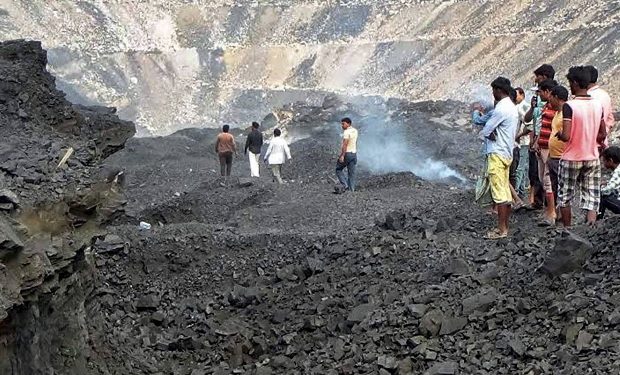Bhubaneswar: Expressing concern over the growing impact of economic slowdown on various states like Gujarat and Maharashtra, Odisha government has tightened its belt to face the problem head-on.
Official sources say that Odisha is yet to experience the severity of economic slowdown as it has only affected automobile and handloom sectors and started crippling cement industry since Odisha does not have huge industries that could jeopardise the state’s economy.
However, as the slowdown has affected textile and handlooms and automobiles sector and many Odia youths working in these sectors in states like Gujarat, Maharashtra and Tamil Nadu may bear the brunt. After losing jobs, these youths may return to the state. As they have been drawing good amount of salaries, they may hesitate to do work in their fields and other low-profile jobs in their villages.
However, the government has started the process of augmenting revenue generation from various sources to meet possible slowdown, the sources added. A high-level meeting of Central and state tax authorities was held here recently to explore possible revenue regeneration methods in the state.
“Though the slowdown has not impacted the state, it may stifle the economy in the coming months. Thank God that we don’t have big industries, which are affected so far,” an official of Finance Department told Orissa POST.
However, the mining sector may face the heat, if steel industry is impacted due to the economic slowdown, he said, adding, “We have decided to collect tax (GST) at a rate of 18 per cent on the royalty provided by mine lessees since the implementation of GST (July 1, 2017).”
All mining lease holders, who have paid royalty to the state government and deposited their share for District Mineral Fund (DMF) will have to pay GST at a rate of 18 per cent.
Some of the mines lessees pay the tax at a rate of 5 per cent while others have not paid anything. Therefore, as per the norms, it was decided to collect the tax from them, the official said.
The government has been expecting a revenue of about `400 crore to `500 crore from this sector, which will be distributed among the state and the Centre equally.
The state machinery has also initiated action to collect pending water, electricity and other dues from various organisations and industries.
The state has also recently received a handsome amount of fund from the Centre under disaster norms and Compensatory Afforestation Fund Management and Planning Authority. The Centre has sanctioned `5,934 crore from CAMPA (Compensatory Afforestation Management and Planning Authority) and `3,338 crore under the National Disaster Response Fund (NDRF). This has given the much-needed financial relief to the state.
Apart from the above, borrowing from open markets is also another option available to the government to meet its expenditure, if required.






































